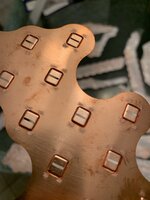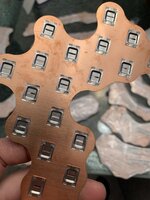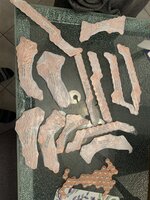Hi, wanted to show the bike I am currently working on.
The goal is to be competitiv against 450cc bike in motocross racing.
I basicly built a complete brand new bike from part on ebay and marketplace. Everything is brand new.
2018 crf250r frame
2021 crf450r swingarm
alta mxr forks and shock
yamaha wheels etc
For the electrical parts.
The motor is the QS motor 180
Controller is 3shuls cl700. This is a vesc based controller. water cooled.
The beattery will be 5.6kwh at 96v. The battery will be water cooled with immersion cooling( meaning the battery are in the coolant.
I designed a chaincase for the gear reduction of the motor.( similar to what is used on snowmobile)
I made a custum subframe that is wider than the original so that I can fit the controller in there.
Since I am using a vesc controller I will have a vesc based bms and display so everything will talk together using canbus.

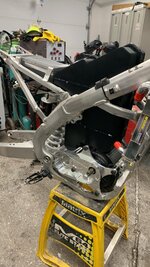
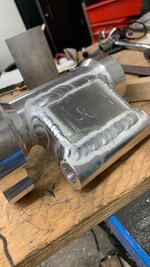

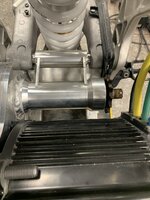
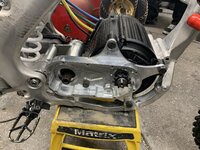
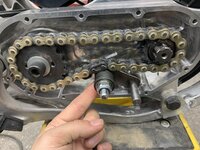

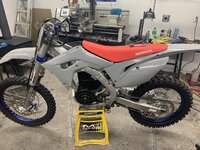
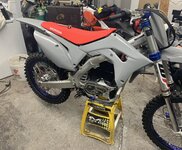
The goal is to be competitiv against 450cc bike in motocross racing.
I basicly built a complete brand new bike from part on ebay and marketplace. Everything is brand new.
2018 crf250r frame
2021 crf450r swingarm
alta mxr forks and shock
yamaha wheels etc
For the electrical parts.
The motor is the QS motor 180
Controller is 3shuls cl700. This is a vesc based controller. water cooled.
The beattery will be 5.6kwh at 96v. The battery will be water cooled with immersion cooling( meaning the battery are in the coolant.
I designed a chaincase for the gear reduction of the motor.( similar to what is used on snowmobile)
I made a custum subframe that is wider than the original so that I can fit the controller in there.
Since I am using a vesc controller I will have a vesc based bms and display so everything will talk together using canbus.











